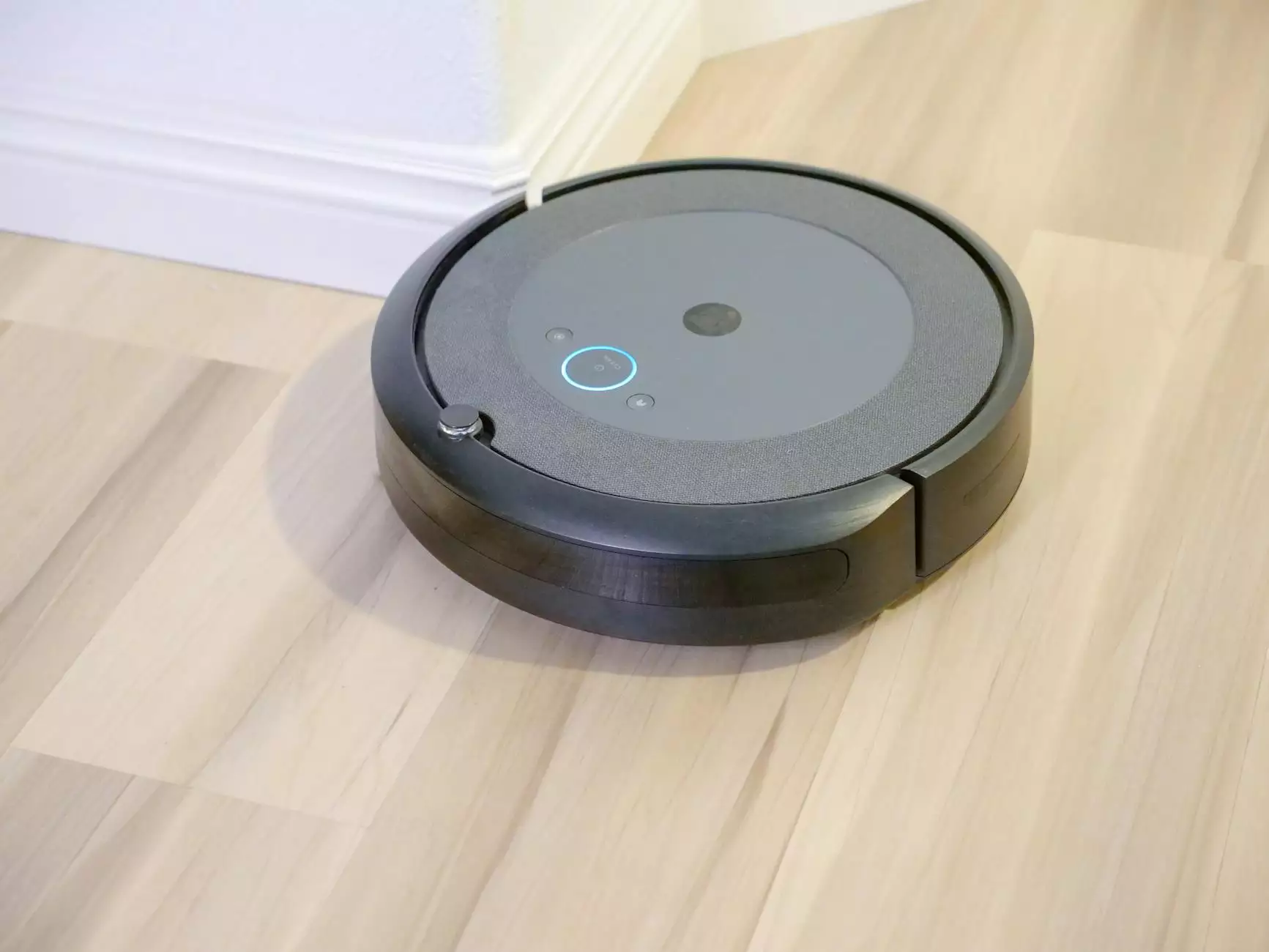Exploring Street Sweeper Machines: The Backbone of Urban Cleaning Solutions

Street sweeper machines are an essential part of urban infrastructure, playing a crucial role in maintaining cleanliness and order in our cities. As urban populations continue to swell, the need for efficient and effective street cleaning solutions has never been more critical. This article delves into the myriad benefits, types, and innovations related to street sweeper machines, providing insights that can help communities, businesses, and urban planners alike to enhance their cleaning strategies.
The Importance of Street Sweeper Machines
In today’s fast-paced urban environments, street sweeper machines are indispensable tools that help keep streets clean and safe. Here’s why:
- Environmental Benefits: Regular street cleaning helps reduce air pollution and control dust particles that can adversely affect respiratory health.
- Safety Enhancement: Clean streets improve visibility and reduce accidents caused by debris, leaves, and other obstructions.
- Aesthetic Appeal: Well-maintained streets contribute to the overall beauty of a city, making it more appealing to residents and tourists alike.
- Property Value: Areas that are regularly cleaned and maintained typically see higher property values due to their enhanced appearance and reduced hazards.
Types of Street Sweeper Machines
There are various types of street sweeper machines, each designed to handle specific cleaning tasks effectively. Below, we explore the most common types:
1. Mechanical Street Sweepers
Mechanical sweepers use rotating brushes to lift debris from the road into a hopper. Their simplicity and effectiveness make them popular for general street cleaning. These machines are ideal for removing larger particles like leaves and trash.
2. Vacuum Street Sweepers
Vacuum sweepers employ a strong suction system to remove finer debris, dust, and smaller particles from the pavement. These machines are especially effective for cleaning in urban environments where dust and particulate matter can accumulate quickly.
3. Regenerative Air Sweepers
This type combines features of both mechanical and vacuum sweepers. Regenerative air sweepers use air propulsion to lift dust and debris from the surface before collecting it, making them an efficient choice for modern street maintenance.
4. Waterless Sweepers
Waterless sweepers are eco-friendly machines designed to minimize water use while maintaining cleaning efficiency. These machines utilize advanced filtration systems to trap fine particulates without utilizing additional water, contributing to sustainability goals.
5. Compact or Mini Sweepers
Compact or mini sweepers are designed for narrow urban roads and areas that are difficult to access with larger machines. These versatile machines are perfect for parks, sidewalks, and residential areas.
Innovations in Street Sweeper Technology
As technology advances, so does the effectiveness of street sweeper machines. Here are some cutting-edge innovations that are shaping the future of street cleaning:
1. Autonomous Street Sweepers
Autonomous technologies are making their way into street cleaning. Self-driving sweepers are increasingly being tested and implemented in various cities, promising to improve efficiency and reduce labor costs.
2. Smart Sensors
Integrating smart sensors allows street sweepers to gather data on street conditions and cleanliness levels. This information can be used to optimize cleaning schedules, making operations more efficient and responsive to changing conditions.
3. Eco-Friendly Power Sources
Battery electric and hybrid-powered sweepers are becoming more common, reducing emissions and environmental impact. These machines not only help in cleaning but also contribute to the fight against climate change.
4. Advanced Filtration Systems
Modern filtration systems are capable of trapping finer particles, including PM2.5 and PM10 pollutants, significantly improving air quality in urban environments. This is particularly beneficial in areas with high automobile traffic.
Benefits of Regular Street Sweeping
Investing in street sweeper machines and maintaining a regular street cleaning schedule offers numerous advantages that extend beyond mere aesthetics:
- Cost Efficiency: Preventing the buildup of debris reduces long-term maintenance costs of roads and infrastructure by preserving the integrity of surfaces.
- Public Health: By controlling dust and decreasing pollutants, street sweeping contributes significantly to improved public health outcomes.
- Compliance with Regulations: Many cities have regulations regarding cleanliness and air quality, and maintaining clean streets helps municipalities stay compliant.
- Community Satisfaction: Residents take pride in their neighborhoods, and seeing clean streets promotes a sense of community and well-being.
Choosing the Right Street Sweeper Machine
When selecting a street sweeper machine for your city or organization, it’s important to consider the following factors:
1. Type of Debris
Consider the specific types of debris and pollution prevalent in your area. Different machines excel in different conditions; for example, vacuum sweepers might be better for urban environments filled with fine dust.
2. Urban Layout
The layout of your streets and public areas is crucial. For narrow streets, compact sweepers may be necessary, while open areas may require larger units.
3. Environmental Impact
Evaluate the environmental impact of the machine. Opting for electric or hybrid options can significantly reduce emissions and noise pollution.
4. Budget Considerations
Factor in both the upfront costs and the long-term operational expenses, including maintenance, fuel, and labor. Finding a cost-effective solution is key for sustainability.
5. Local Regulations
Ensure that the selected models comply with local environmental regulations and noise ordinances, to avoid potential legal complications.
Conclusion
In conclusion, street sweeper machines are vital to maintaining clean, safe, and appealing urban environments. As cities continue to grow, and environmental awareness increases, the demand for efficient street cleaning solutions will rise. By understanding the various types of sweepers, their benefits, and the latest technological advancements, city planners and operators can make informed decisions that significantly enhance public health, aesthetic appeal, and overall urban management.
For those looking to invest in the future of urban cleaning, the right street sweeper machine can make all the difference—leading to cleaner streets, happier residents, and a more sustainable future.









